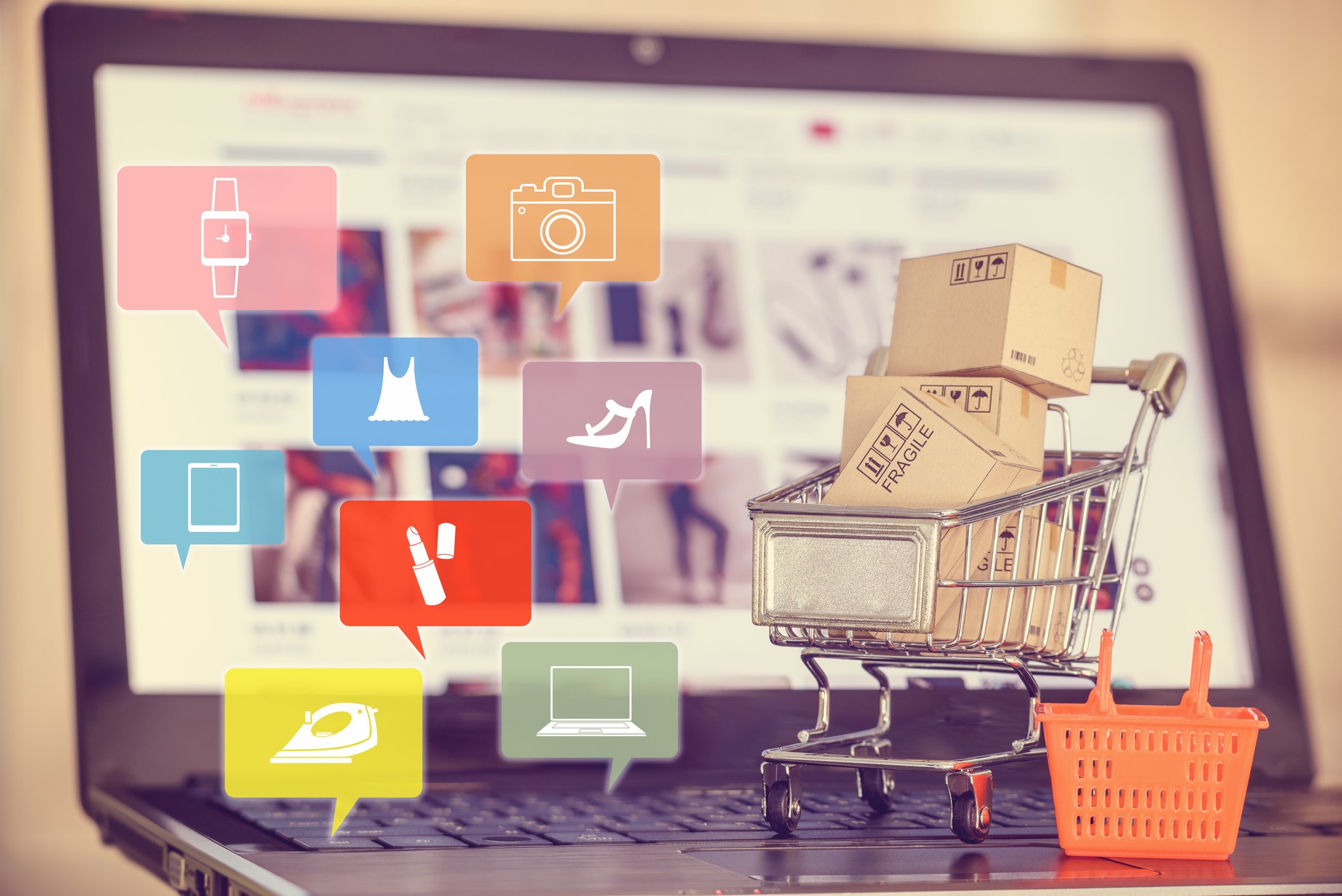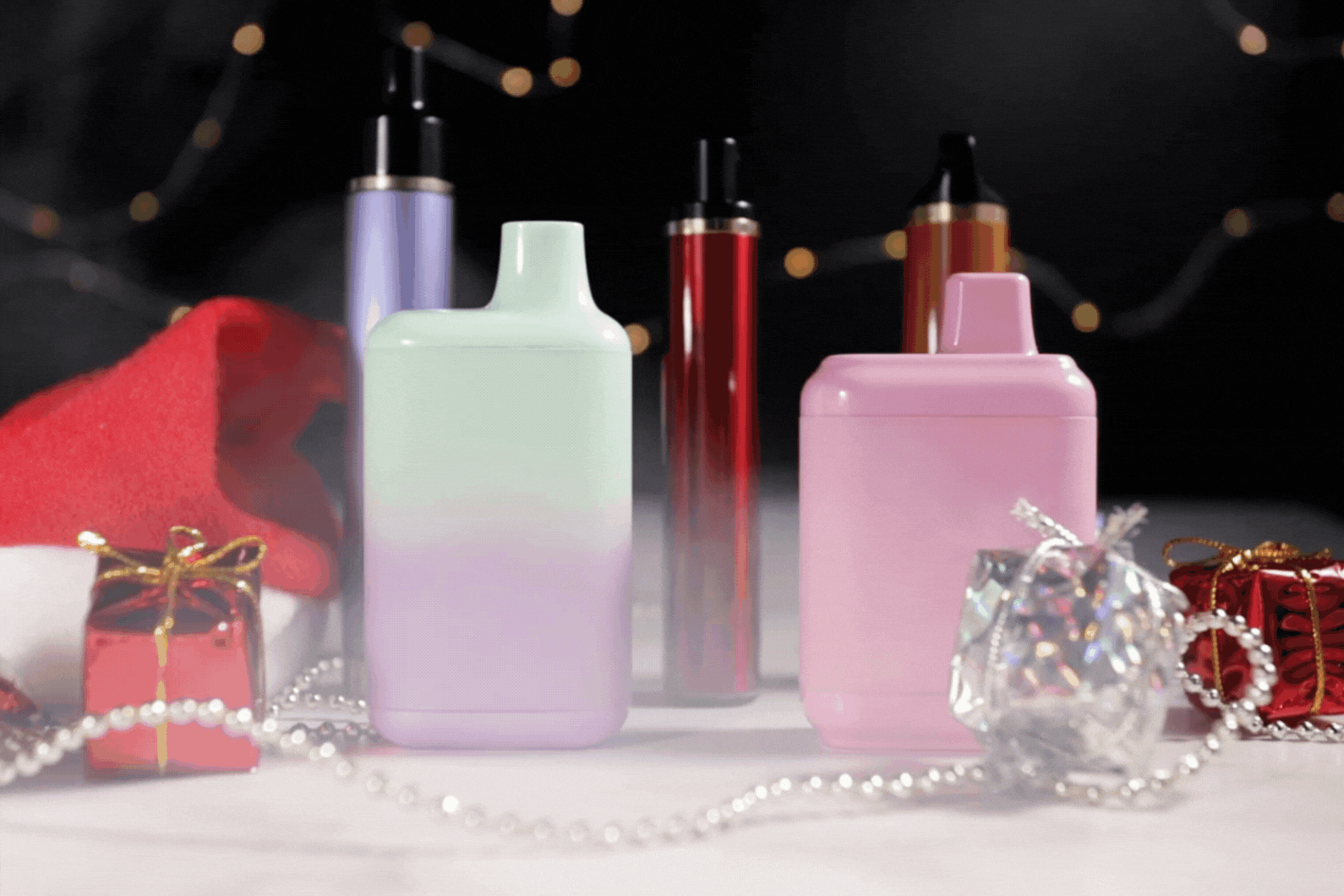

For the latest on ecommerce tips and best practices.
Average Order Value (AOV): 8 Strategies to Increase It

An online shopper visits your ecommerce store and places an order for $50. You’ve just made a great sale! But what if you could incentivize that buyer to spend $10, $20, or $30 more? Spoiler: you can. By measuring and optimizing your average order value, you can increase the amount customers spend each time they place an order.
What is average order value (AOV)? Why does it matter in ecommerce? And how can you increase it? Keep reading for answers.
What Is AOV?
AOV stands for average order value, which is an ecommerce metric that measures the average dollar amount of each order placed during a given period of time. To calculate average order value, just take the total revenue and divide it by the number of orders placed. While you can calculate AOV for any time period, most businesses track it on a monthly basis.
Average order value = Total revenue / Number of orders
For example, if an ecommerce clothing store brings in $5,000 in August, and 100 individual orders were made that month, the average order value is $50.
5,000 / 100 = 50
Note that the average order value is calculated on a per-order basis, which means that if one customer places multiple orders during a site visit, each of them is attributed to the AOV separately. To figure out the amount of money generated each time a customer visits your site, you’ll need to measure revenue per visitor (RPV). Other valuable ecommerce metrics to track include conversion rate and cost per conversion.
A “good” average order value depends on the industry. To check the AOV for your industry, check out this chart from Dynamic Yield (use the “filter by” button and choose “industry”).
Why Does Average Order Value Matter?
Now you know what average order value is—but why does it matter? Tracking AOV can help you better understand the customer journey and boost the ROI of your marketing efforts.
- Increased revenue. While driving more traffic to your website often involves spending money, you can improve average order value for free, and that boosts your overall revenue. See the next section to learn how.
- Data-driven insights. Average order value shows how your customers are behaving, allowing you to optimize your digital marketing strategy. For example, if a retailer notices a high AOV for winter coats, they could implement targeted ads, run seasonal promotions, or offer loyalty programs to customers who buy high-value items like coats.
- Improved customer lifetime value (CLV). As businesses work to cut costs and keep customers coming back, increasing AOV has become a priority. Ricardo Belmar, Director of Partner Marketing for Retail and CPG at Microsoft, explains, “The more loyal a customer is, the more likely they are to buy from you and the more likely they are to buy more in a given transaction. So a higher AOV has the potential to expand CLV down the road, if they maintain the loyalty and keep that customer coming back.”
How To Improve Your Average Order Value
At first glance, it might seem like average order value is out of your control; after all, you can’t speak face-to-face with customers to persuade them to buy more. However, ecommerce stores can use many strategies to increase AOV.
Remember, you’ll get the best results by choosing just one or two of the strategies below and testing them out. Over time, you can adjust, adapt, and begin implementing other AOV-increasing strategies.
Let’s take a look at eight strategies for boosting your average order value.
1. Targeted Promotions
To optimize AOV most effectively, segment your customer base. Categorize customers by purchase frequency (frequent vs. infrequent buyers), spending amount (low vs. high spenders), or even the types of products they purchase. This makes it easier for you to target customers with personalized ads, offers, and recommendations. By aligning your strategy with the distinct needs and habits of different customer segments, you’ll maximize your success.
Example: An ecommerce store gives frequent buyers a 15% discount on their next purchase to encourage continued loyalty. For infrequent buyers, the store offers a special bundle deal to incentivize a higher spending amount.
2. Bundling
Bundle multiple products or services together, and offer a slight discount to encourage consumers to purchase larger quantities.
Example: An online electronics store sells cell phones and cell phone accessories. They advertise “The Ultimate Smartphone Bundle,” which includes the phone itself, a screen protector, a case, and a wireless charger. Separately, these products would total $800, but when purchased together, they only cost $750. The $50 discount incentivizes customers to buy the bundle.
3. Volume Discounts
Like bundling, volume discounts encourage shoppers to buy more than they originally planned. But instead of involving a curated “bundle” of related products, volume discounts encourage customers to buy more of a single product.
Example: While buying groceries online, a customer notices a volume discount on organic pasta. One pack is $5, but if you order at least three packs, they’re $4 each—a 20% discount. Since the customer’s family eats pasta frequently, stocking up now will save them money in the long run. They add three packs to their cart.
4. Upselling
To upsell, simply give customers the option to upgrade to a higher-end product during the checkout process.
Example: A customer visits an online electronics store and selects a new laptop. Once they check out, they receive a popup that advertises a higher-end laptop. The pop-up boasts of this laptop’s features, including more RAM and a faster processor. It also says that for a limited time, the customer can upgrade to the higher-end laptop for only $100 more. It sounds like a great deal, so they choose to upgrade.
5. Cross-Selling
Cross-selling encourages customers to buy additional products related to the product(s) they already plan to purchase.
Example: After browsing an online sports equipment store, a customer adds a pair of running shoes to their cart and checks out. On the checkout page, they see a list of products often purchased with running shoes, including moisture-wicking socks and a running armband for phones. The customer realizes they need new socks and adds them to the cart before completing the transaction.
6. Free Shipping Thresholds
Customers don’t want to pay extra for shipping, and you can use this to your advantage. With a free shipping threshold, you offer free shipping once a customer spends a certain amount of money.
Free shipping thresholds are one of the most popular methods for increasing AOV, and they’re used by many big retailers. One marketing expert recommends setting a free shipping threshold of 30% more than your current average order value.
Example: An online fashion retailer has an AOV of $38, so they set a free shipping threshold of $50. Any purchases under $50 charge for shipping, while purchases over $50 ship for free. A customer has $38 worth of clothing in their cart already, and they add a shirt for $13 to bring their total above the free shipping threshold.
7. Return Policies
Are customers holding themselves back from buying because they’re not sure they’ll love the product? The solution is to offer a return policy. If your returns process is easy and free, shoppers will be more likely to load up their virtual carts.
Some industries have higher return rates than others (check out the numbers here). If you don’t offer returns—especially for things like clothing, shoes, and accessories—you’ll likely fail to meet customer expectations and ultimately lose sales.
Example: A high-end beauty product site offers a hassle-free return policy on their skin creams. A customer who normally would have been hesitant to buy such an expensive cream decides to give it a try, knowing that they can always return it if they don’t like it.
8. Building Buyer Trust
Consumers spend more with brands they trust. According to a study by Adobe, “consumers show they trust a brand by making more purchases (71%), recommending to friends (61%), and posting positive reviews or comments on social media (40%).” All of these will only bolster your average order value and increase your revenue.
To increase buyer trust and confidence, consider using a third-party guarantee that leverages trust signals to ensure customer satisfaction right from the start of their purchasing journey. By offering shopping, lowest price, and identity theft protections, third-party guarantees like Norton Shopping Guarantee with Package Protection by EasyPost show customers they’re safe buying from you.
Learn how BBQGrils.com increased their AOV by 37% after launching Norton Shopping Guarantee on their website.
Partner With Norton Shopping Guarantee To Improve Your Average Order Value
In 2022, nearly 40% of people lost money to website shopping scams. As online fraud becomes more prevalent, consumers are beginning to catch on. If they’re not sure a business is legitimate, most won’t risk a purchase.
To give your customers peace of mind—and increase your AOV—partner with Norton Shopping Guarantee with Package Protection by EasyPost. Our embedded trustmarks are front-and-center on product pages so customers can see them before placing an order. Knowing they’re shopping from an independently verified, trusted ecommerce store will give them the confidence to click “Check Out.”
Get started with Norton Shopping Guarantee; it’s available for both Shopify and WooCommerce stores.
Stay in the know
Subscribe to the Norton Shopping Guarantee blog and receive the latest in ecommerce best practices.

-1.png)
.png)
